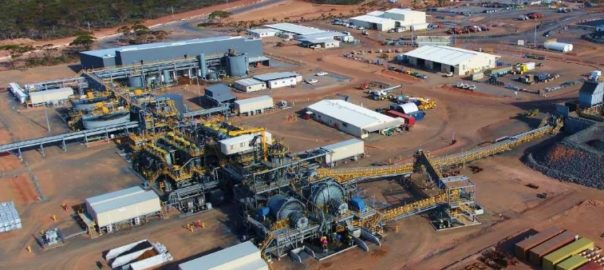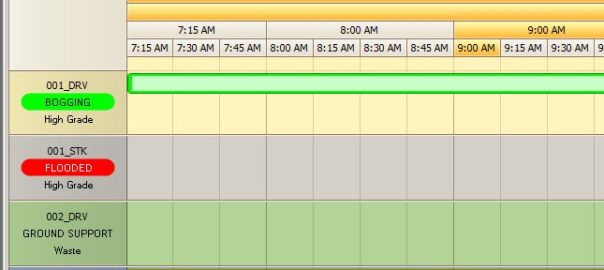Micromine has signed a contract with Independence Group (IGO) to help drive productivity and cost efficiencies at the Nova nickel-copper-cobalt operation in the Fraser Range of Western Australia.
As part of the agreement, Micromine will implement at Nova its fleet management and mine control software solution, Pitram.
This implementation of Pitram, a mine control and management reporting system aimed at delivering mining production efficiencies, comes on the back of a resurgence in Western Australia’s nickel sector, which increased in value by 26% in 2017–18 to $2.6 billion, after several years of decline, Micromine said.
Nova began commercial operation in July 2017 and produced 22,258 t of nickel, 9,545 t of copper and 740 t of cobalt at a payable cash cost of A$2.78/lb ($2.01/Ib) of nickel in the 2018 financial year. Production is expected to increase some 20% in FY19 to 27,000-30,000 t of nickel, 11,000-12,500 t of copper, and 850-950 t of cobalt.
Micromine’s Pitram Operations Manager, Daren Hinchliffe, said Pitram would be used by operations personnel, to capture insights and data from mobile equipment and underground mining activities, in real time.
“Using Pitram’s voice-based mine control system, underground operators can call in their activities, locations and status to mine control, and performance results can be monitored constantly, allowing for continuous improvement,” he said.
Pitram’s automated technology allows shift supervisors to keep track of what is going on throughout the mine, while allowing constantly monitoring of results and performance, he added.
“This will provide IGO with critical data as to how the mine is performing and, help identify bottlenecks, enabling the company to respond quickly to opportunities to implement process improvements,” he said.
IGO’s Chief Operating Officer, Matt Dusci, believes this will drive significant value through productivity efficiencies and cost savings at Nova and, ultimately, serve as a platform for future integration with automation at the mine.
Micromine’s roll-out of Pitram at Nova commenced in December and is expected to be completed in early 2019.











